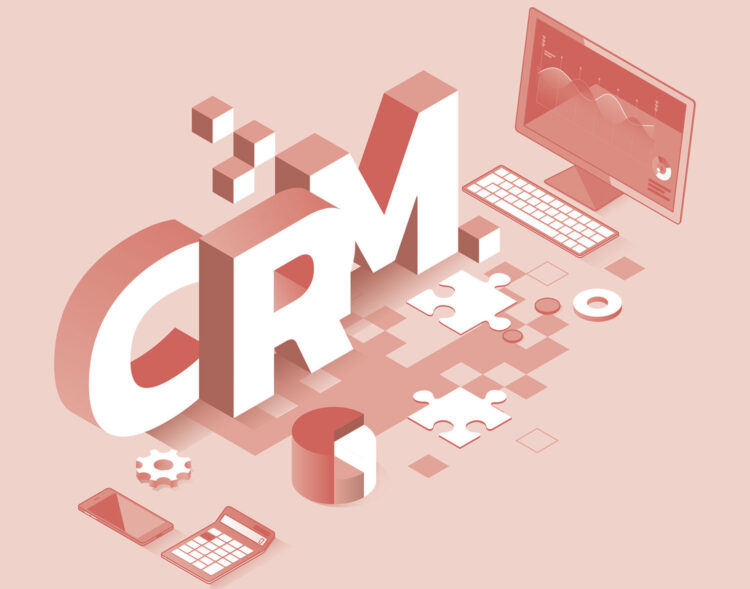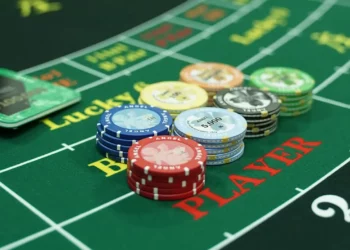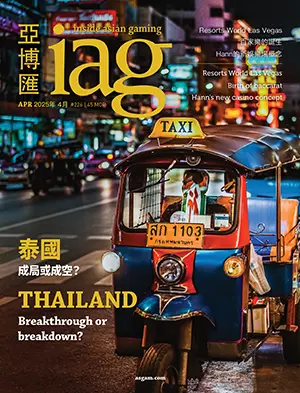In Article 3 of this six-part series about internal and external CRM and organizational change management in casinos, Charlie Mai explores the concept of employee and customer lifetime value.
At the heart of internal and external CRM is the notion of employee and customer lifetime value. Employee and customer lifetime value is the estimated value of an employee or a customer over the course of his or her entire relationship with an organization. The concept of employee and customer lifetime value is based on the premise that acquiring new employees and customers is more expensive than retaining old ones. To better understand this concept and its application, it is important to find out what makes an employee or a customer profitable and how employee and customer relationship is calculated.
 A profitable employee or customer is defined as a person whose value contribution over time exceeds, by an acceptable amount, the cost of attracting and servicing that employee or customer. Applying employee and customer lifetime value allows an organization to tailor its products and services to specific employees and customers, and then select appropriate actions that maximize their response, improve the efficiency and effectiveness of these approaches, and reduce expenditures to maximize the company’s overall profitability.
A profitable employee or customer is defined as a person whose value contribution over time exceeds, by an acceptable amount, the cost of attracting and servicing that employee or customer. Applying employee and customer lifetime value allows an organization to tailor its products and services to specific employees and customers, and then select appropriate actions that maximize their response, improve the efficiency and effectiveness of these approaches, and reduce expenditures to maximize the company’s overall profitability.
To successfully apply employee and customer lifetime value, a company should be able to meet three criteria. Firstly, it should be in the best interest of the company to form long-term relationships with its employees and customers. Secondly, it should have the ability to calculate profit at employee and customer level. Lastly, it should be able to differentiate its services across employees and customers. The application of employee and customer lifetime value is suitable for casinos because they meet all these three criteria.
 Ultimately, internal and external CRM can help a casino achieve several objectives such as increasing employee and customer engagement, satisfaction and loyalty that in turn lead to increasing value and profitability.
Ultimately, internal and external CRM can help a casino achieve several objectives such as increasing employee and customer engagement, satisfaction and loyalty that in turn lead to increasing value and profitability.
Internal and external CRM in practice
As addressed in Article 1, internal CRM is still a new concept in many casinos [including in Australia] while external CRM has long been popular. Indeed, there is an unbalanced focus on internal CRM in contrast to external CRM in casinos in Australia.
Taking one particular casino as an example, internal CRM was applied as a part of human resources management practices. It was guided by the casino’s corporate strategic vision and addressed human resources issues related to how to identify, attract, engage and retain high-valued employees. Several internal CRM initiatives were designed around market intelligence, job design and career opportunities, employment brand and communication, employee selection and recruitment, training and development, performance management, reward and recognition, and change management.
By contrast, external CRM was applied as a part of marketing practices in the casino in question. Like internal CRM, external CRM was guided by the casino’s corporate strategic vision toward customers and addressed issues related to how to identify, recruit, differentiate and retain high valued customers. Several external CRM initiatives were designed around loyalty, market intelligence, innovative and creative offerings, brand and communications, identification and recruitment, performance management, reward and recognition, and change management.
 However, there was a link between internal CRM and external CRM in the casino. While internal CRM aimed to attract and retain high valued employees and to optimize their behaviors, external CRM sought to acquire and retain high valued customers and optimize their value. They were linked because happy employees made happy customers.
However, there was a link between internal CRM and external CRM in the casino. While internal CRM aimed to attract and retain high valued employees and to optimize their behaviors, external CRM sought to acquire and retain high valued customers and optimize their value. They were linked because happy employees made happy customers.
Therefore, successful internal CRM led to successful external CRM. Both internal CRM and external CRM were applied in the same approach as illustrated in the below table:
 Both internal CRM and external CRM involved communication and change management. In addition, the employee selection and recruitment process involved employment market research and job analysis before potential employees were recruited. This process matched with the market research, insight and segmentation, and sales and customer relations forces initiatives of external CRM.
Both internal CRM and external CRM involved communication and change management. In addition, the employee selection and recruitment process involved employment market research and job analysis before potential employees were recruited. This process matched with the market research, insight and segmentation, and sales and customer relations forces initiatives of external CRM.
Similarly, employee performance was managed by the performance management system, and good performance was recognized and rewarded through the reward and recognition schemes while customer performance was managed and recognized and rewarded through the loyalty program.
Lastly, training and development aimed to motivate and transition highly potential employees through different roles within the business, whereas creativity and innovation aimed to differentiate high valued customers, inspire, and transition them through the business.
The application of internal and external CRM in casinos will be discussed further in the integrated model of internal and external CRM change management in Article 6.
 Internal and external CRM success and failure
Internal and external CRM success and failure
For the successful application of internal and external CRM in casinos, there are several sets of critical success factors such as top management support, communication of internal and external CRM strategy, knowledge management capabilities, organizational collaboration enhancement, organizational resource capabilities and change management. In addition, internal and external CRM success factors emphasize the importance of having an external expert to monitor the internal and external CRM program and building and training the right teams.
Although several sets of internal and external CRM critical success factors have been identified, the failure rate of internal and external CRM initiatives is still high. Approximately 70% of external CRM initiatives result in either losses or no bottom-line improvement in company performance. This failure rate also applies for external CRM initiatives in casinos.
The failure of internal and external CRM can be attributed to several factors. Among them, four main perils for internal and external CRM failure are identified:
- Implementing internal and external CRM before creating internal and external CRM strategy
- “Stalking” employees and customers instead of “wooing” them
- Assuming that more internal and external CRM technology is better
- Rolling out internal and external CRM before making the requisite organizational transformation
In summary, this third article of our about internal and external CRM and organizational change management in casinos has discussed the concept of employee and customer lifetime value, the why and how of applying internal and external CRM, and the key success and failure factors of internal and external CRM adoption and implementation. Change management has been identified as the main factor for the success or failure of internal and external CRM in casinos.


























